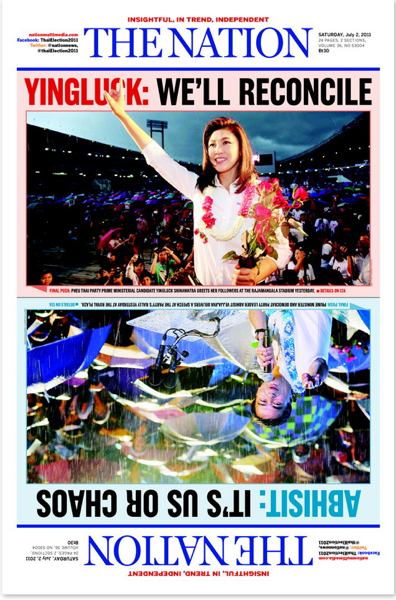
I’m not sure where I found it, but I came across this excellent column from November by Leonard Pitts, Jr. It begins:
There is good news on fake news.
As you doubtless know, the proliferation thereof has people fretting. President Obama has dubbed it a threat to democracy. And there is a rising demand for social-media outlets like Facebook and Twitter, often used as platforms for these viral untruths, to take corrective action.
But the good news is that anyone who wishes to avoid fake news can do so easily. There is, in fact, a news platform that specializes in gathering and disseminating non-fake news. So committed are its people to this mission that some have been known to risk, and even to lose, their lives in the process.
Granted, this platform is imperfect — sometimes it is guilty of error or even bias. But hardly ever will you find it trafficking in intentional falsehoods.
So what, you ask, is this miracle medium? Well, it’s called a “newspaper” Maybe you’ve heard of it.
Ahem.
Yes, there is a point here, and it is this: The facts are knowable — and easily so. So the proliferation of fake news should tell you something.
Yes, newspaper reporters make mistakes. Yes, editors make mistakes. Yes, newspapers suffer from organizational failings. And yes, newspapers must continue to become not merely papers, but digital news organizations, in order to best serve their audiences.
But Pitts’s point — that newspapers by their very nature are designed to surface truths, unlike so many other kinds of media outlets — is a crucial one indeed in today’s low-signal, high-noise environment.
Hate fake news? Consider subscribing to a newspaper, if you haven’t already.






